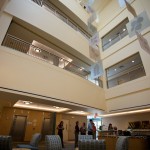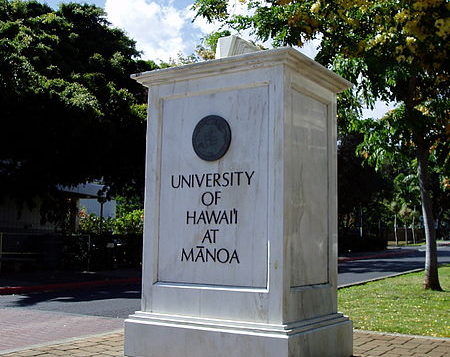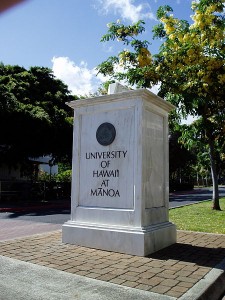On Sunday morning I read about an amazing discovery. Researchers at the University of Hawai‘i Cancer Center have made a major breakthrough that could help lead to the prevention of mesothelioma. Dr. Michele Carbone and his team announced they have found a link between a genetic mutation called BAP1 and the development of mesothelioma. I am constantly encouraged by the on-going work researchers are doing to prevent and treat this deadly disease. Each and every advancement made in the field of mesothelioma is a new step towards a cure for this disease.
The Study
Researchers studied two families -one in Louisana and one in Wisconsin- for a period of 14 years that had incurred mesothelioma deaths. The researchers discovered that each family member that had provided a DNA sample and had developed mesothelioma carried the BAP1 gene. Scientists have found that when people who carry the BAP1 mutated gene are exposed to asbestos their risk of developing mesothelioma is greater.
Mesothelioma tumors are caused by exposure to asbestos. The tumors develop in the lining of the lungs, abdomen and heart. Unfortunately, mesothelioma is a terminal cancer and takes the lives of about 3,000 people in the US every year.
Dr. Carbone, MD, PhD, co-leader of this 14 year study and director of the University of Hawai‘i Cancer Center says, “This discovery is a first step in understanding the role of the BAP1 gene and its potential utility when screening for mutations in those at high risk.” This exciting new discovery will lead to the development of new genetic therapies and treatments in the field of mesothelioma.

Dr. Michele Carbone, MD and Ph. D. in human pathology, was appointed director of the University of Hawai‘i Cancer Center in September of 2009. Dr. Carbone is considered an authority on malignant mesothelioma. He and his scientific team extensively study the effect of genetics and environmental carcinogens on the development of mesothelioma. They are working constantly to develop preventative and new treatments for mesothelioma.
I applaud the efforts of scientists like Dr. Carbone who are constantly making strides to better understand this terrible disease. In my 33 years of working with clients suffering from mesothelioma I have shared many significant advancements in mesothelioma research with my clients, but this leap forward is particularly remarkable. Discoveries such as these being made by Dr. Carbone and his team are paving the way for better treatments, prevention and a cure for mesothelioma.











